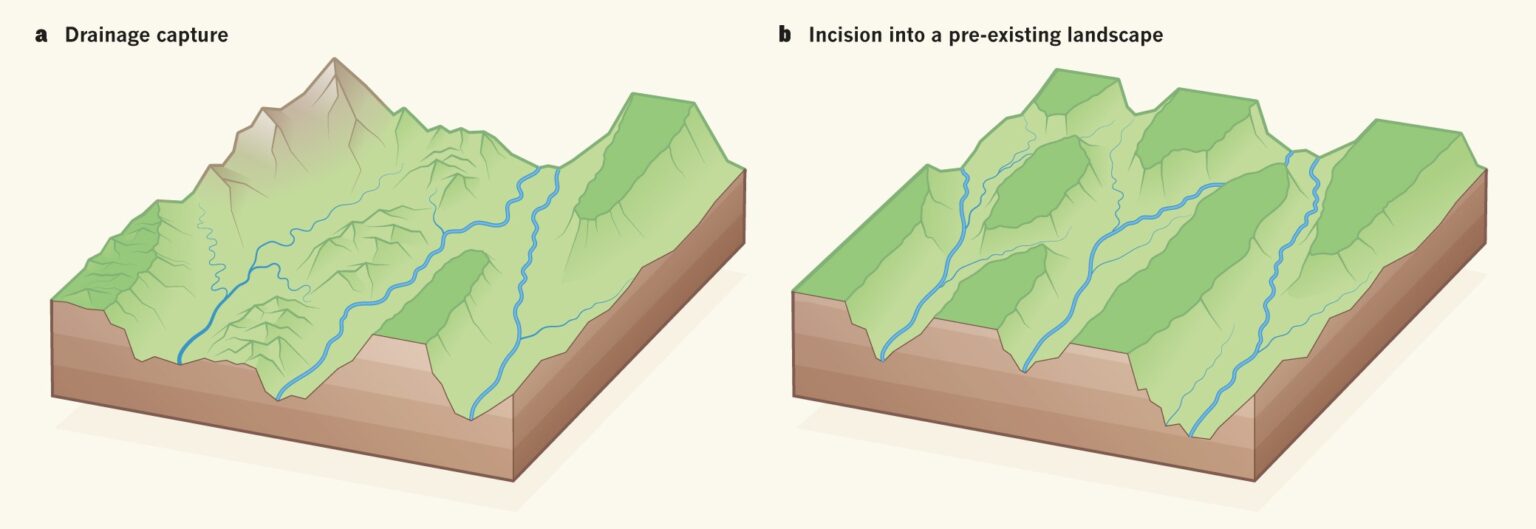The path to physical fitness is seldom a straightforward journey. It often involves a series of accomplishments and setbacks, peaks and troughs. One such commonly faced hurdle in this journey is the ‘Fitness Plateau’. This is when despite maintaining regular workout routines and dieting, you notice a distinct slowdown in your progress, or worse still, a complete halt in any visible improvements. In this article, we will delve into the causes and implications of reaching a fitness plateau and offer three science-backed strategies to break through it, setting you back on the path to your fitness goals.

[hostinger-affiliate-table id=”1418″]

[hostinger-affiliate-table id=”1419″]


Understanding the Fitness Plateau: Causes and Implications
The fitness plateau is not an uncommon phenomenon. It typically arises when your body has adapted to the physical routine and diet plan you’ve been following. Initially, when you start a new fitness plan, your body experiences a shock due to the sudden change in activity levels. It struggles to cope, and in doing so, burns more calories. Eventually, as you continue with the same routine, your body becomes more efficient and starts to require fewer calories to perform the same exercises. This adaptive response of the body can lead to a reduction in weight loss or muscle gain speed, and even a complete halt – the dreaded plateau.
Another cause of the fitness plateau is the body’s natural metabolic adaptation. When you have been in a calorie deficit for a long period, your body triggers a survival mechanism that slows down your metabolism to preserve energy. This, again, can lead to a slowdown or stop in progress. Furthermore, overtraining without allowing enough recovery time can also result in a plateau. In such cases, the body is under so much stress that it goes into a protective mode and starts to store fat instead of burning it.
The implications of hitting a fitness plateau can be frustrating. It leads to a sense of stagnation and demotivation, often causing individuals to give up on their fitness goals. More dangerously, it might push some to resort to unhealthy practices to resume progress, such as extreme dieting or over-exercising, which can cause long-term harm to the body. It’s essential to recognize a plateau and understand its causes so you can address it effectively.
Breaking Through Your Fitness Plateau: 3 Effective Science-Backed Strategies
Now that we understand the causes of the fitness plateau, let’s move on to the solutions. One of the most effective and science-backed strategies to break through a fitness plateau is to change your workout routine. This is based on the principle of ‘muscle confusion’, which states that changing up your training routine can help prevent your muscles from becoming too adapted to the same exercises. Introduce new exercises, change the intensity or duration of your workouts, or switch between strength training and cardio to keep your body guessing and ramp up its calorie-burning prowess.
[hostinger-affiliate-table id=”1418″]
Another science-backed strategy is to focus on recovery and rest. A study published in the Journal of Strength and Conditioning Research found that not taking adequate recovery time between workouts can lead to a decrease in performance and eventually result in a plateau. Therefore, ensuring you get enough sleep, taking rest days, and incorporating light recovery activities such as yoga or stretching can go a long way in helping you break through a plateau.
Lastly, reassessing your diet is yet another method to overcome a fitness plateau. If you’ve been in a calorie deficit for a long time, your body may have adapted to function on fewer calories, leading to a plateau. Introducing ‘calorie cycling’, a method where you vary your daily calorie intake while maintaining the same weekly intake, can trick your body out of its energy-saving mode. This is backed by a study published in the International Journal of Obesity, which found that calorie cycling can help prevent the metabolic adaptation that leads to plateaus.
[hostinger-affiliate-table id=”1419″]
In conclusion, overcoming a fitness plateau may be a challenging phase in your fitness journey, but it is by no means an insurmountable obstacle. Understanding the reasons behind the plateau and implementing science-backed strategies such as changing your workout routine, focusing on recovery and rest, and reassessing your diet can guide you out of stagnation and back on the path towards progress. Remember, fitness is a lifelong journey and not a destination. Embrace the challenges and use them as a stepping stone to become the best version of yourself.












